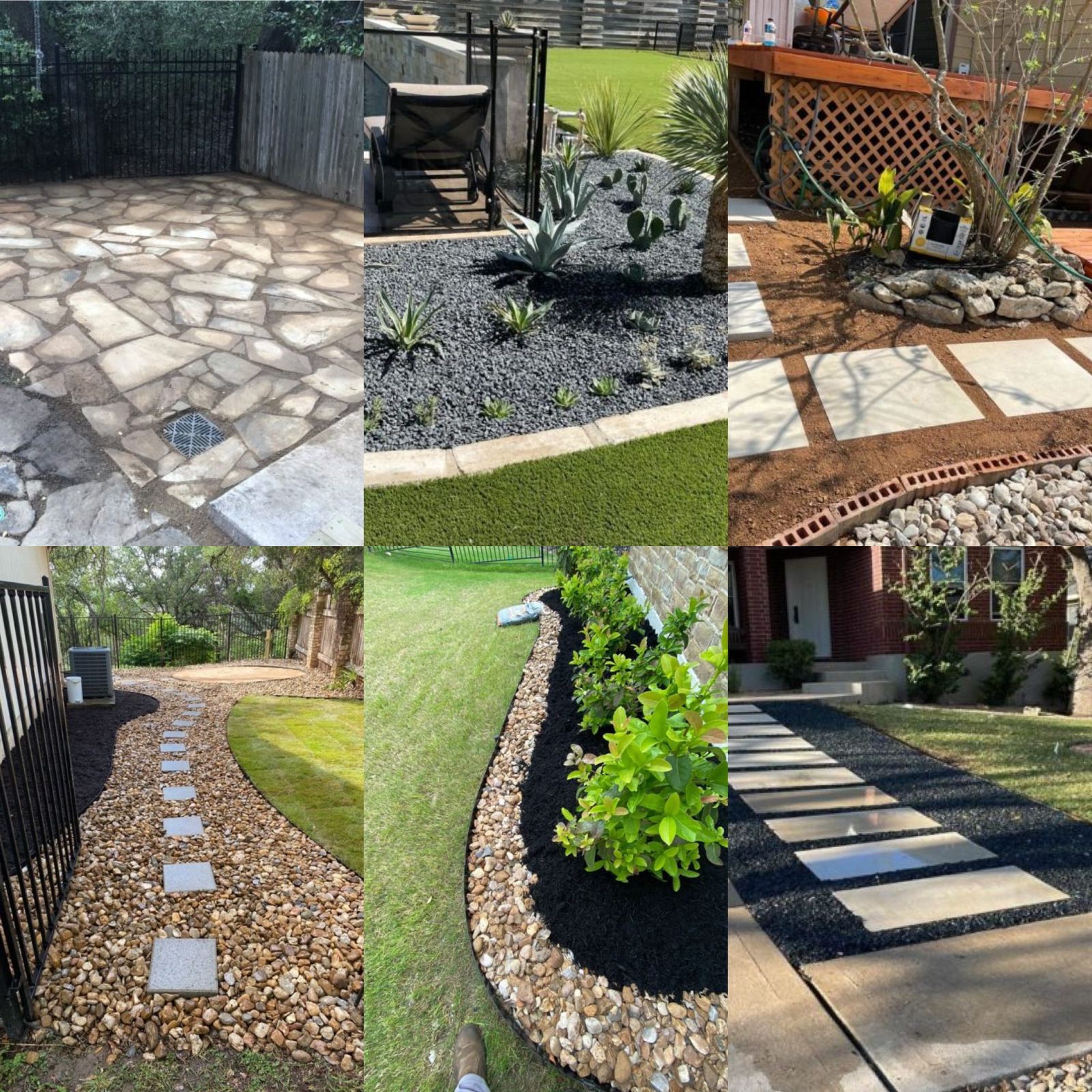What is it?
- Kindergarten version: Xeriscaping is plants and rocks that don’t need much extra water. You can still use the hose to make mud and to spray the trampoline but you won’t need it as often for your plants or grass.
- Xeriscaping (it’s not ZERO-scaping) is a style of landscape design that focuses on using drought-tolerant plants and materials, along with efficient irrigation practices, to minimize the need for supplemental water.
Why would you xeriscape part/all of your yard?
- Water conservation: Water is getting harder to come by. Let’s use it well.
- You like the aesthetic: well done xeriscaping can be beautiful.
- You want to create a castle of cacti (honestly…I just wanted an excuse to say castle of cacti…this isn’t a good reason).
- Savings on maintenance: you can decrease your routine mowing cost.
What are the best plants for xeriscaping in Central Texas?
- Still want native plants…just native plants with low water needs.
What are common mistakes and misconceptions
- Misconception: xeriscaping needs zero maintenance.
- Truth: It still requires maintenance: Weeds still pop up. Plants still need trimming.
- Misconception: it needs zero water.
- Truth: Xeriscaping minimizes the need for supplemental water – but you will occasionally still want to water in particularly dry times. You can do this with irrigation or hand watering.
- On the same subject…Even xeric plants need some watering to get established. You still need to baby your plants when you first add them to your yard.
- Misconception: Xeriscaping is all or nothing.
- Truth: You don’t have to do your whole yard. You can do certain beds.
- Misconception: I can make whatever decisions I want.
- Truth: You should still check with your HOA – some have restrictions on what you can and cannot do in your yard (especially your front yard).
What are some common landscaping materials used in xeriscaping?
- Granite (decomposed Granite, Fairland pink granite)
- Texas Black Star Gravel
- Puka shell necklaces (this is a joke)
- crushed limestone
- River rock (colorado, brazos, etc)
What are several areas I should consider xeriscaping in my yard?
- Between the street and the sidewalk. This area is commonly difficult to keep healthy because of the heat radiating from the surrounding concrete. Therefore, it is a prime candidate for some xeric plants and rock.
- Beds and sections of the lawn on the western facing side of your house. Heat is most intense on the west side of houses because they tend to get the most sun during the hottest part of the day.
- Heavy shade that won’t grow grass.
- Side yard where there isn’t enough sun to grow grass.
What should I consider with xeriscaping?
- Artificial turf pairs great with xeriscaping.
- Leuder or flagstone walkways are often a great practical addition.
Some of our work:

Posted in Design, Landscaping

